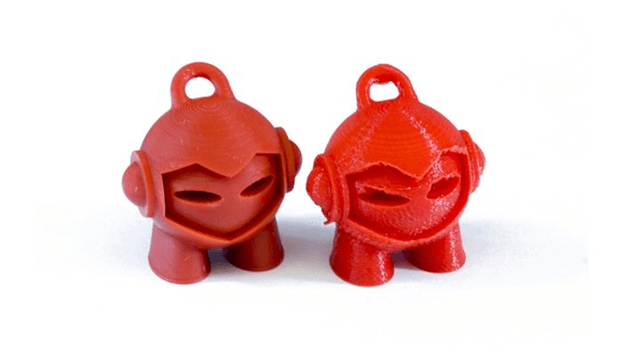The first type of 3D printing machine to be established was the Stereolithography 3D printer. One Chuck Hull established the SLA 3D printer in 1986, and it became the first-ever mode of additive manufacturing in the globe. Since then, other types of 3D printers have made their way into the market. For instance, FDM 3D printers and DIY 3D printers. Other accessories and technologies like C&C Engraving have also come up over the years. One of the main differences between the various types of 3D printers is the technology and the kind of printing materials that they each use. There are two main types of 3D printing materials. These types are filament and resin. In this post, we distinguish between filament and resin.
Definition of filament
The filament is a 3D printing material that resembles strands of thread. The strands are made through heating, extruded into an extrusion nozzle, and cooled. Filaments are available in a variety of shapes, sizes, colors, and strengths. They are mostly made from plastic but can be made from other materials with varying melting points.
Definition of resin
Resin is a 3D printing material commonly used in 3D resin printers. It is applied in SLA laser 3D printers as well as DLP projection 3D printers. There are different types of resin, depending on the material. Another essential feature of resin is that it comes in the liquid or adhesive form.

The difference between Resin and Filament
SLA and DLP printers are commonly referred to as resin printers. The reason for this term is that they use light to cure the resin into a bunch of layers. The most affordable versions of the types of 3D printers mentioned above use LCDs to shine a light, in UV form into the liquid resin. The light helps to cure the resin into layers. Resin 3D printing works in such a way that once one sheet has been cured and solidified using light, the print bed rises and lets the next layer go through the same experience. This action helps to produce the products in extremely great details. Compared to filament printers, resin printers are known to be more precise and detailed.
On the other hand, Fused Deposition Modelling is the type of 3D printing that uses Filament as raw material for the end products. Filament printing works in such a way that the filament is fed into the machine and melted. It is then deposited on to the plate one layer after another. The layers go on top of each other. Filament printers are by far the most commonly used type in the market.
Final Word
The one main disadvantage of resin printers is that they have smaller building plates than later. This means that they cannot be used for making large items. On the other hand, the downside to filament printing is the fact that it does not bring out the finer details of smaller products. Resin printing is also more costly than filament printing. The choice you ka e between the two should be governed by the type of item that you want to manufacture.
